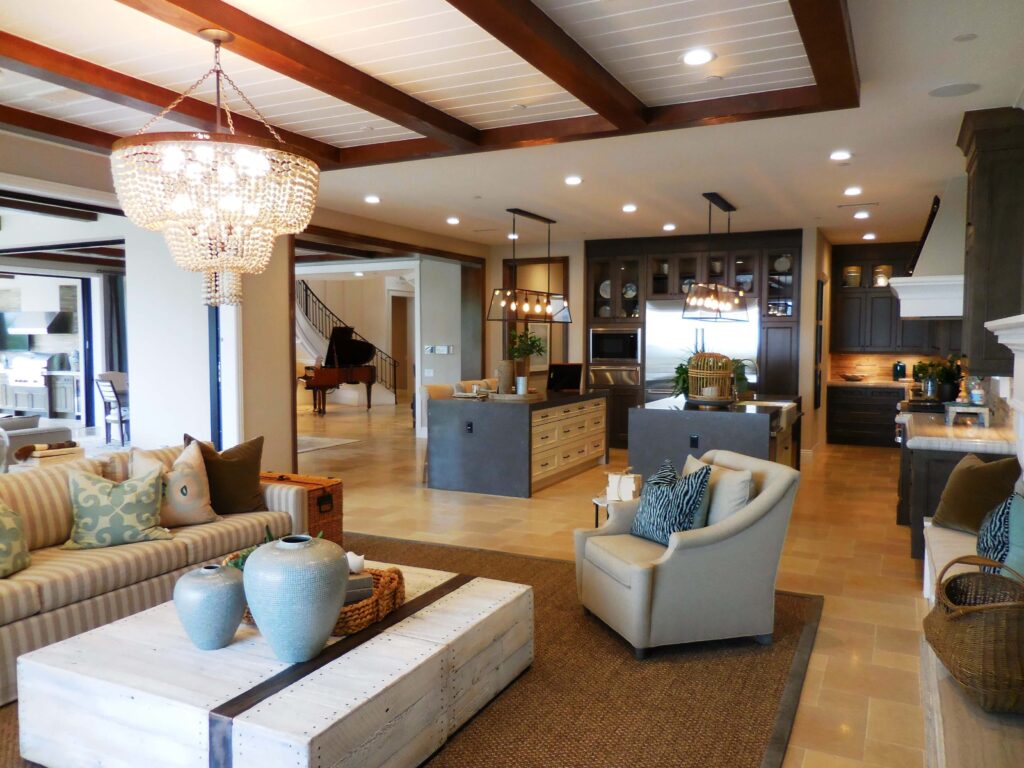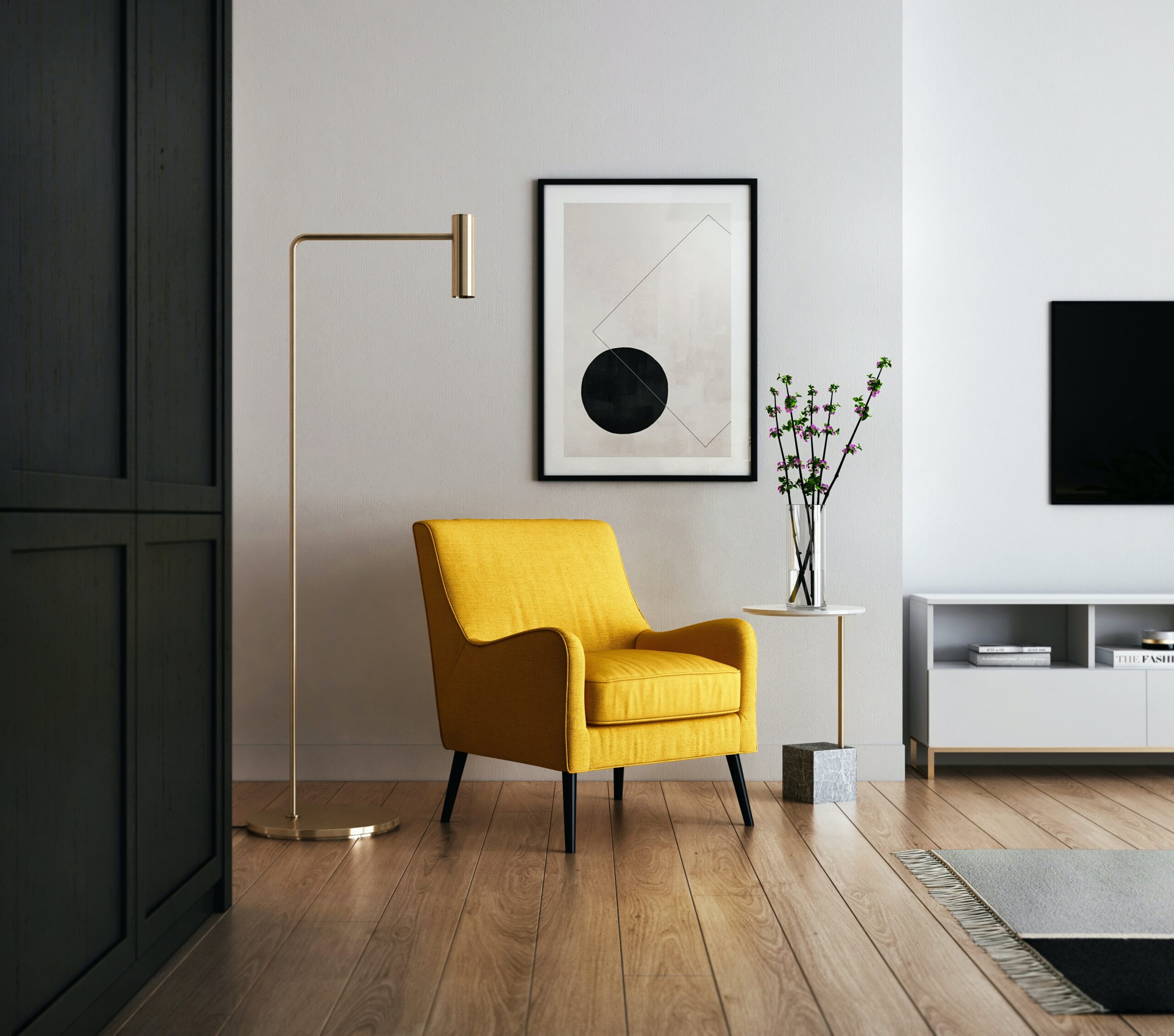Glass cladding refers to the use of glass as a protective and decorative covering for building exteriors or interiors. It involves the installation of glass panels on the surfaces of a structure to enhance its aesthetics, provide insulation, and offer protection from the elements. Glass cladding is a versatile architectural element that can be used in various applications, including facades, partitions, windows, and interior walls.
Key features and aspects of glass cladding include:
- Aesthetic Appeal:
- Glass cladding can impart a modern and sophisticated look to a building. Its transparent or translucent nature allows for the play of light, creating dynamic and visually appealing structures.
- Natural Light and Views:
- One of the advantages of glass cladding is its ability to allow natural light into the interior spaces. This can contribute to energy efficiency and create well-lit and open environments. Additionally, glass provides unobstructed views of the surroundings.
- Variety of Types:
- There are different types of glass used in cladding, including clear glass, tinted glass, reflective glass, and textured glass. Each type offers unique visual effects and performance characteristics.
- Insulation and Energy Efficiency:
- Advanced glass technologies, such as double glazing or Low-E coatings, can enhance the insulation properties of glass cladding. This contributes to energy efficiency by reducing heat transfer between the interior and exterior of the building.
- Weather Resistance:
- Glass cladding provides a protective barrier against weather elements, including wind, rain, and snow. It helps prevent water ingress while allowing for controlled ventilation.
- Customization and Design Options:
- Glass cladding can be customized to meet specific design requirements. It allows architects and designers to create unique patterns, textures, and configurations, contributing to the overall design vision.
- Durability:
- Modern glass technologies and manufacturing processes make glass cladding durable and resistant to damage. Tempered or laminated glass may be used to enhance safety and strength.
- Easy Maintenance:
- Glass cladding is relatively easy to maintain. Regular cleaning can keep the glass surfaces free from dirt and ensure that the building maintains its aesthetic appeal.
- Interior Applications:
- In addition to exterior facades, glass cladding is also used for interior applications. Glass panels can be employed as dividers, partitions, and wall coverings to create open and visually connected spaces.
- Green Building Considerations:
- Glass cladding can contribute to green building practices by maximizing natural light, reducing the need for artificial lighting, and enhancing overall energy efficiency.
- Structural Considerations:
- The structural design and support for glass cladding are crucial factors. Engineers must ensure that the building structure can safely support the weight and wind loads associated with the glass panels.
- Safety Features:
- To enhance safety, laminated glass or tempered glass may be used in glass cladding. These types of glass are designed to reduce the risk of breakage and minimize the potential for injury in case of breakage.
Glass cladding is widely used in contemporary architecture, ranging from residential homes to commercial buildings and skyscrapers. It offers a seamless blend of functionality and aesthetics, allowing buildings to showcase a modern and transparent appearance while addressing various practical considerations.

